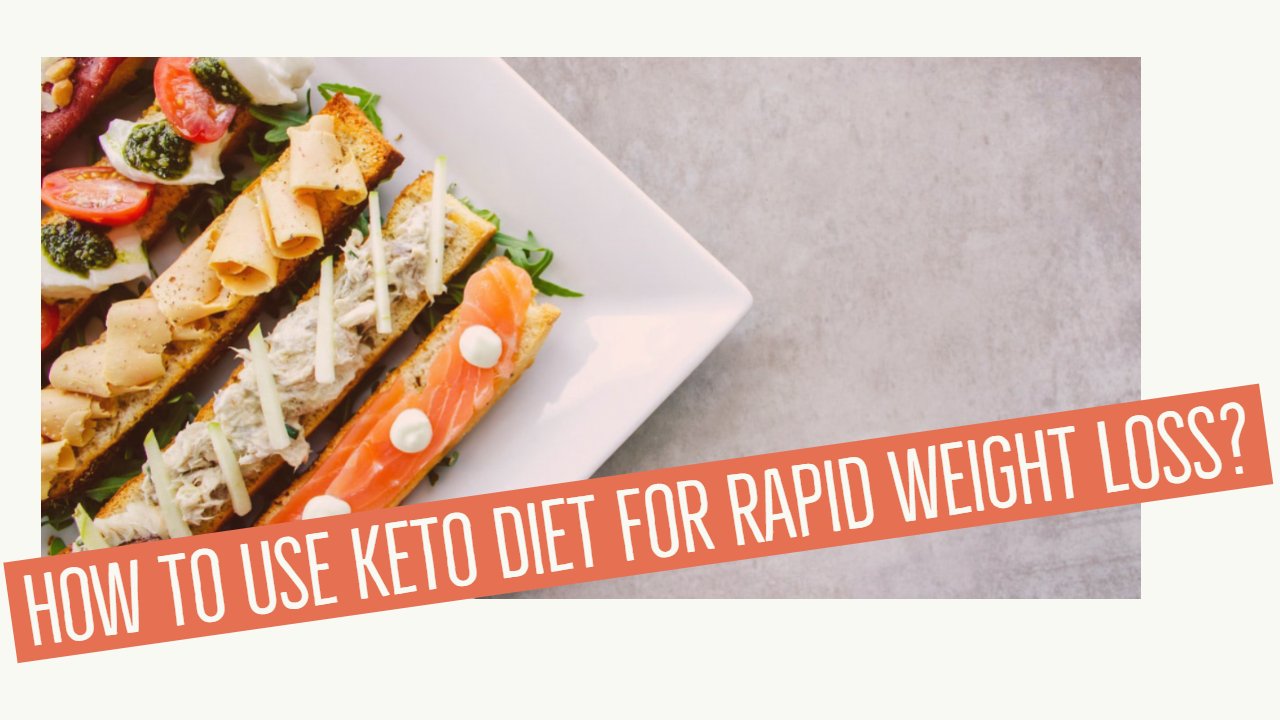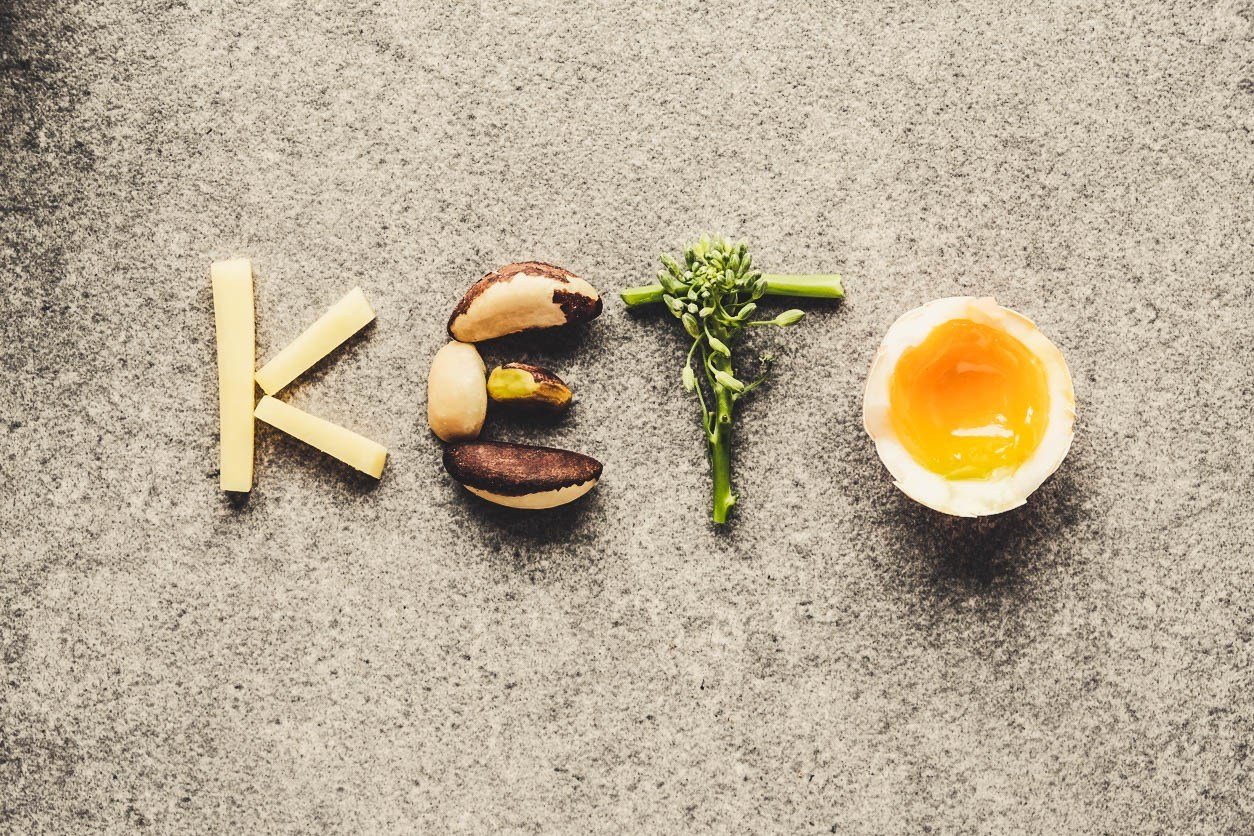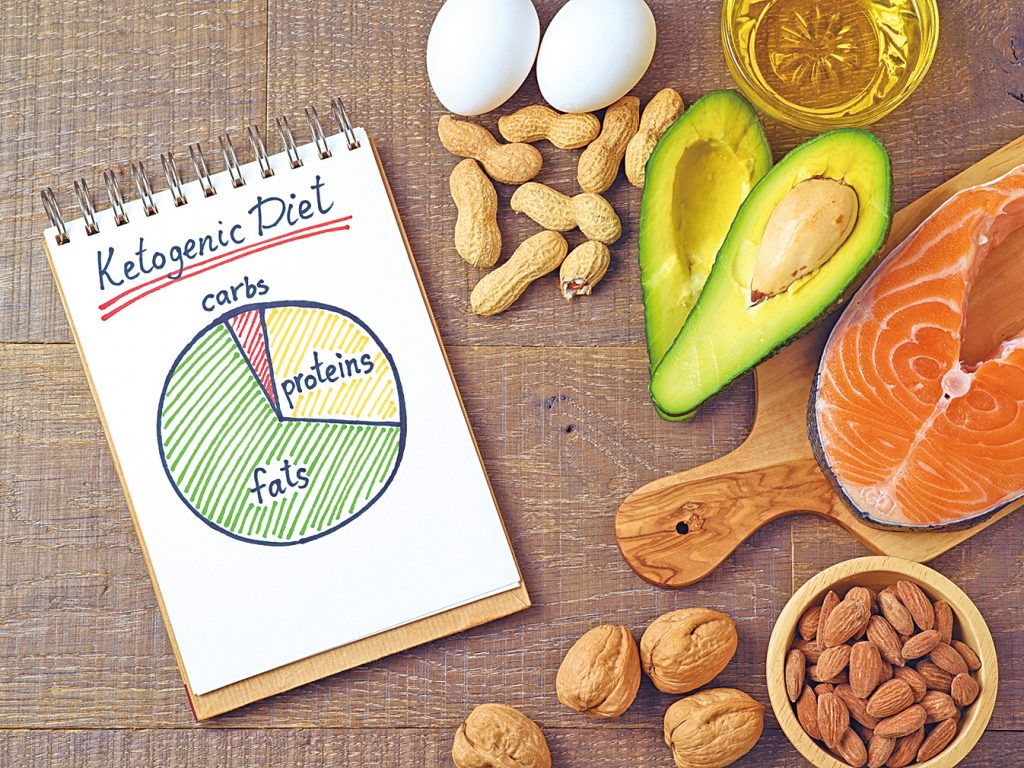Many people confuse the ketogenic diet with low carb diets or paleo diets. However, there are considerable differences of which you should be aware.
Keto vs Low Carb
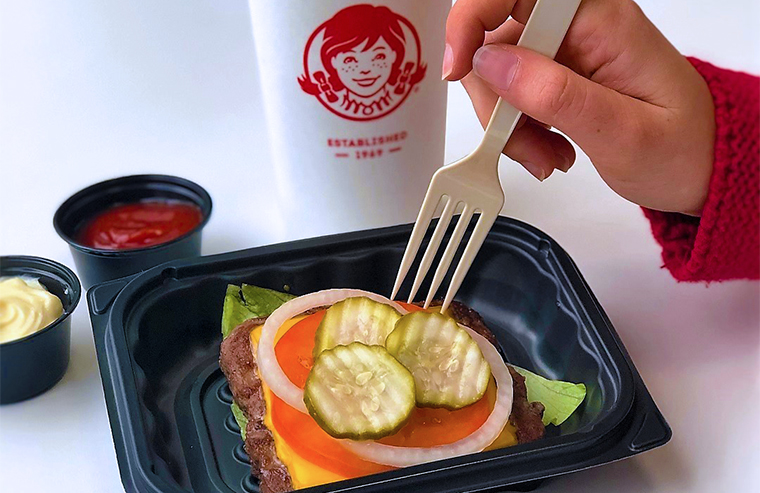
A low-carb diet can be anything it wants to be, as long as it is low in carbohydrates. And “low” is rarely defined. On a low-carb diet, you simply make random food choices that curb your carb intake arbitrarily. Since there is no real number, you might still be consuming too many carbs.
Most importantly, what the low-carb diet lacks is that all-critical ketonic state that turns carbs into fats and provides your body with a new and effective source of fuel. This can leave you very hungry and tired.
The ketogenic diet has a specific ratio of carbs to fats to protein. This manipulation is critical, and it’s why a low carb diet won’t work as well, if at all.
Keto vs Paleo

The Paleo is also a low-carb-type diet. It is based on the assumption that eating the way our cavemen ancestors did, i.e., meat and no carbs, sugars, or grains, is the healthiest type of diet.
There are problems with this reasoning. First, our ancestors never experienced the kind of diseases that we face. The ketogenic diet is specifically a “healing” diet that is meant to benefit the body in many ways and help prevent diseases. The paleo diet does not do that.
Also, the paleo diet is based on eating meat instead of manipulating the ratio of fats, carbohydrates, and protein to achieve a ketonic state that uses fat as fuel.
Ketogenic Diet

Basically, ketogenic is low-carb, but it is much more.
There is a reason the ketogenic diet has become so popular. It helps improve your overall wellbeing in addition to helping you lose weight. You have more energy during the day, and you feel sated and full, thereby reducing the cravings for unhealthy snacks. In essence, you are eating less, but better. That’s what makes the keto diet so unique and successful.
The ketogenic diet is not a magic pill made up by some gurus. Countless studies and testimonials are able to back the effectiveness of this diet. It is a scientifically proven method that balances your body’s fat intake to help achieve optimal weight loss.
By using fat instead of sugar as your primary source of energy, the keto diet induces a state of ketosis, which is achieved when your body stops receiving carbohydrates to turn in glucose. The fewer carbohydrates you consume, the more you force your body to burn fat for energy instead of storing it.
This is why it is possible to lose weight so quickly on the keto diet. It counts carbohydrates instead of calories. Using fats as an additional energy source is what ketosis is all about. It is a natural state that helped our hunter-gatherer ancestors survive in the early days.
They feasted on low-carb foods when they could, and fasted when food was scarce. Fatwas stored and converted into energy during scarce times. The ketogenic state is a natural human state, which makes the ketogenic diet so powerful and successful. In addition to the benefits of the keto diet, most people simply enjoy the way it makes them feel better.
Weight loss results on the keto diet differ among individuals, depending on their specific body composition. But weight loss has been the consistent result of people who’ve been on the keto diet. The keto diet is known as the best weight-loss diet, as well as the healthiest.
A 2017 study divided Crossfit-training subjects into two groups, with both groups following the physical training, but only one group combined the ketogenic diet with the training. The results showed that those on the keto diet decreased their fat mass and weight far more than the other group.
The keto diet group showed an average of 3.5-kilo weight loss, 2.6 percent of body fat, and 2.83 kilos in fat mass, while the other group lost no weight, body fat or fat mass. Both groups showed similar athletic performance ability.
A 2012 study divided overweight children and adolescents into two groups; one was put on a keto diet, the other on a low-calorie diet. As in other keto studies, the children on the keto diet decreased their weight, fat mass, and lowered their insulin levels considerably more than the low-calorie group.
Besides more rapid weight loss, a decided advantage of the keto diet over a low-calorie diet is that people actually stick to the keto diet. A low-calorie diet will help you lose weight, but you may be constantly feeling hungry and deprived. That is the main reason most diets fail. Hunger and deprivation are not a part of the ketogenic lifestyle.
Ketosis Explained
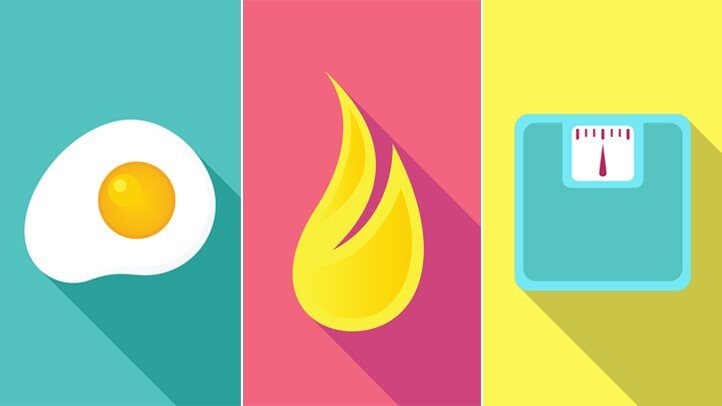
As we have stated earlier, the keto diet isn’t magic. It is proven science. Ketosis is a natural occurrence that happens when you don’t feed your body enough carbohydrates and it is forced to look for energy elsewhere.
You have undoubtedly experienced ketosis when you’ve missed a meal or have exhausted your body with rigorous exercise. Whenever these things happen, your body helps you out by raising its level of ketones. However, most people eat enough sugar and carbs to keep ketosis from happening.
We love our sugar and carbs, no matter how bad they are for us, and our bodies will happily use them as fuel. And since our bodies want to help us out, it turns any excess glucose into fat and stores it for future use. Stored fat translated into those ridiculous belly fat that you never want.
The more you restrict your carbohydrate consumption, the more your body will produce ketones. It really has no other options. When we restrict the number of carbohydrates that we eat, our body will still provide us with energy, but it must turn to another source. And that alternate source is fat that was so thoughtfully stored for emergencies. The result is a state of ketosis. It happens when our body breaks down the fat into fatty acids and glycerol.
Researchers have discovered most of what they know about ketosis from people who fast, thereby depriving them of all sources of energy. After two days of fasting, the body is starting to produce ketones as it breaks down the available protein and begins to use stored fat for fuel. Ketosis is the natural process the body goes through when deprived of other sources of energy.
Obviously, going on a ketogenic diet is healthier than fasting. Ketogenic should become a lifestyle, not a quick weight-loss method. One of the reasons it is so beneficial is that ketones offer protection against diseases and damages that can affect the body.
Planning your keto meals will depend largely on your goals. Are you trying to lose weight, or are you on the keto diet to alleviate the symptoms of some disease? The average keto diet will consist of four meals per day, with a total of 100 grams of protein, 25-50 grams of carbohydrates, and 140-160 grams of fat. This can, of course, be adjusted to your personal needs.
Benefits of Intermittent Fasting on Keto

The science behind the ketogenic diet is that the body burns fat when deprived of other sources of fuel. Intermittent fasting is a deliberate deprivation of food and takes the concept a step further. We’re not talking long-term fasting.
Intermittent fasting while on a keto diet meant having two meals a day or fasting for one day a week. The fasting time gives the body a chance to rest and rid itself of toxins. It provides an extra boost to the weight-loss benefits of keto and is a great way to jump-start the diet. For weight loss, the keto diet, combined with intermittent fasting, will help you reach your goal faster and easier.
MUST-SEE REFERENCES:
Keto Diet: What It Is, How It Works and Why It May Not Be Safe – by – LiveScience
What You Can (and Can’t) Eat on a Keto Diet – by – Good Housekeeping
11 Keto Diet Side Effects to Know – by – Possible Keto Diet Dangers
Keto Diet Vs Low-Carb Diet: Which Is Better For Quick Weight Loss? – by – NDTV
Keto Diet: What Is The Keto Diet & How Do You Do It? – by – MindBodyGreen
